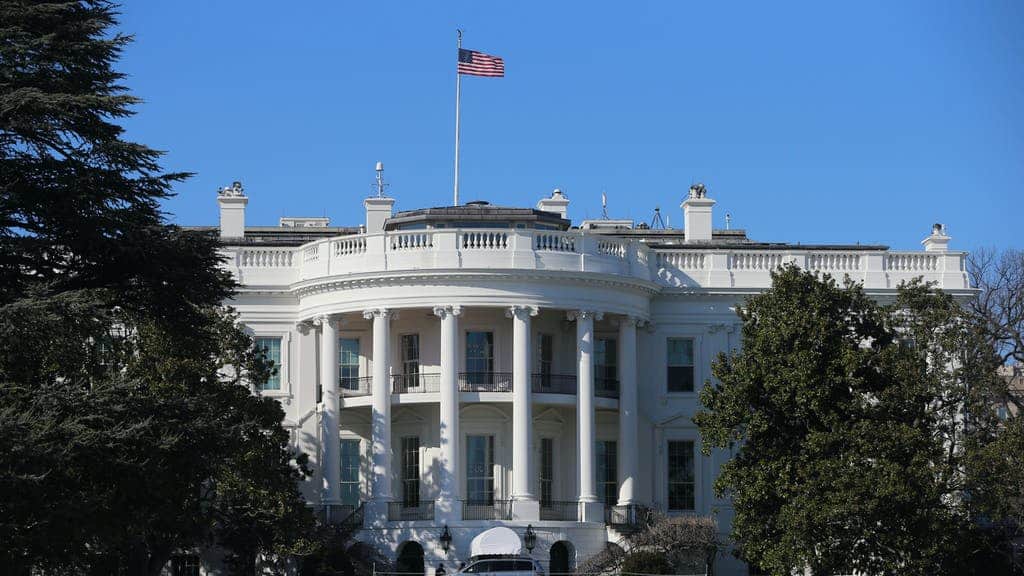
A peculiarity of America’s electoral system is that the candidate who wins the most votes does not necessarily win the presidency.
Hillary Clinton won close to three million more votes than Donald Trump in 2016 – but Trump was still elected by a fairly comfortable margin. The same thing happened in 2000, when George W. Bush became president despite winning fewer votes than Al Gore.
To thank – or blame, depending on who you voted for – was the electoral college.
When Americans go to the polls to elect their next president, they’re actually voting for a group of ‘electors’ – a group of officials whose job it is to choose the president and vice-president.
There are 538 electors in total, and each of them represents one electoral vote. The number of electors from each state is roughly based on the size of its population. California has the most – 55 – while less populated states like Wyoming or Alaska have just three.
A candidate must gain a majority of electoral votes – 270 or more – to win the presidency. If no candidate reaches 270 electoral votes, the House of Representatives will vote to elect the president, which has happened just once, back in 1824.
States generally award all their electoral college votes to whoever won the most votes in that state. For example, whether a candidate wins 50.1 per cent or 90 per cent of the vote in Florida – a key swing-state – then they are awarded all 29 of its electoral votes.
That means that the presidential race usually zeroes in on a handful of key ‘swing states’ – like Pennsylvania and Wisconsin, which are neither solidly Democratic or Republican.